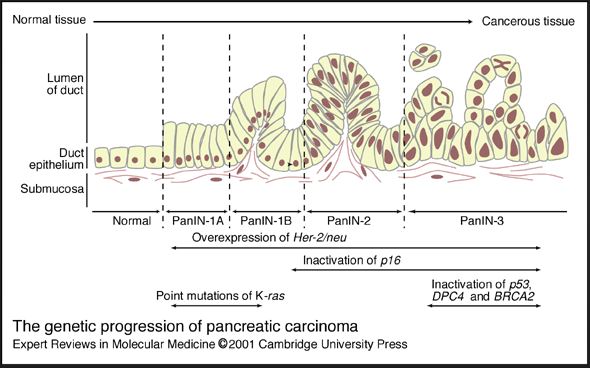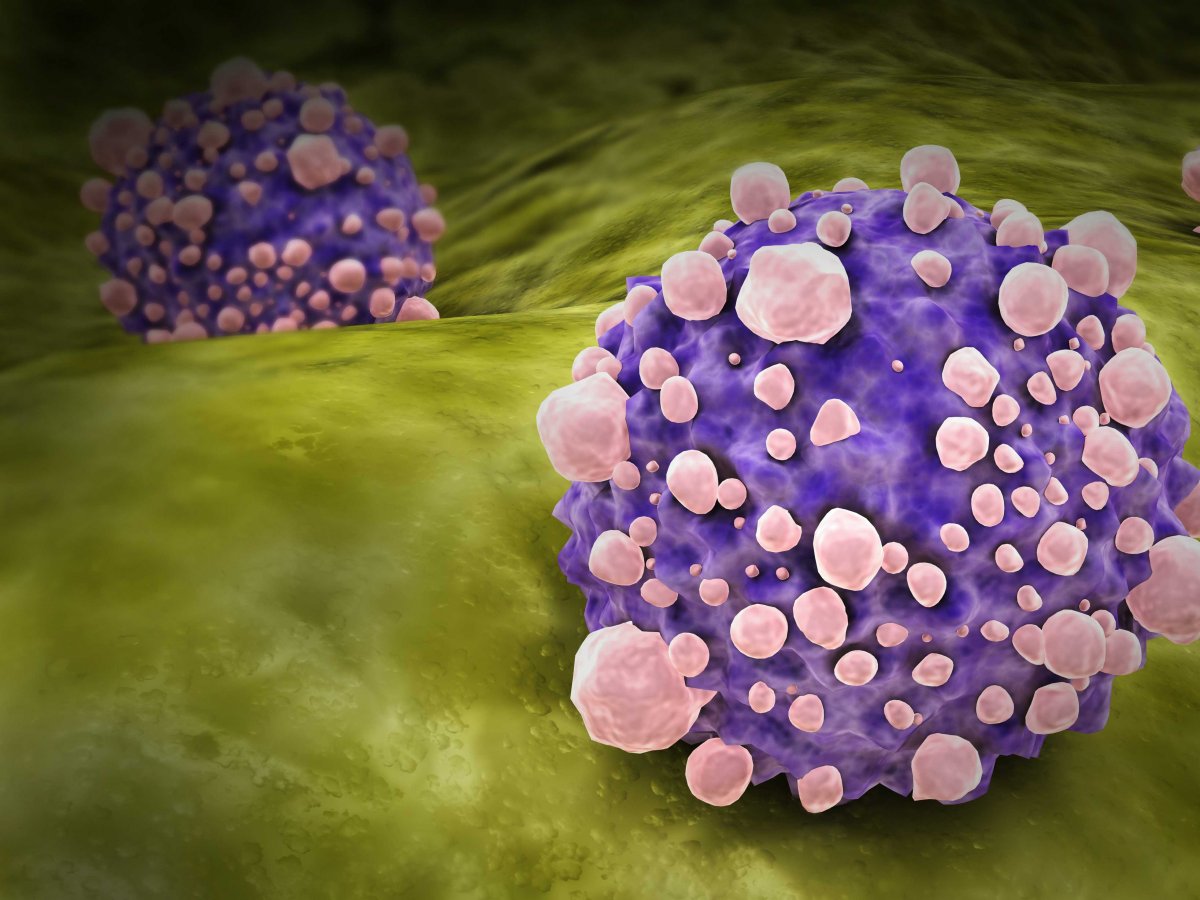Illinois CancerCare Foundation supports genetic screening programs to identify hereditary cancers, and support studies that offer targeted therapies to patients whose tumors have “driver mutations” found through molecular sequencing. Thanks to generous contributors to the Illinois CancerCare Foundation, eligible patients can receive financial assistance for their tumor sequencing when needed. New this year, the Foundation is also offering a free pancreatic screening program, funded by Theresa Tracy Trot Foundation, to look for genetic mutations that may help us identify family members at high risk for developing pancreatic cancer. An important factor in treating pancreatic cancer is early identification. Specific genetic mutations can help identify those who may be at an increased risk in developing pancreatic cancer, especially in the hereditary setting. This program is currently available for all Illinois CancerCare, P.C. pancreatic cancer patients. These programs empower families to understand their risks, provide relief from uncertainty, and make informed decisions about their health care. To date 12 pancreatic patients have agreed to participate in our pancreatic screening program.
It is the Foundation’s strong belief that our patients must have available to them every possible weapon in their battle. Thank you Theresa Tracy Trot for your partnership! Together we can do more in the pancreatic cancer fight!



